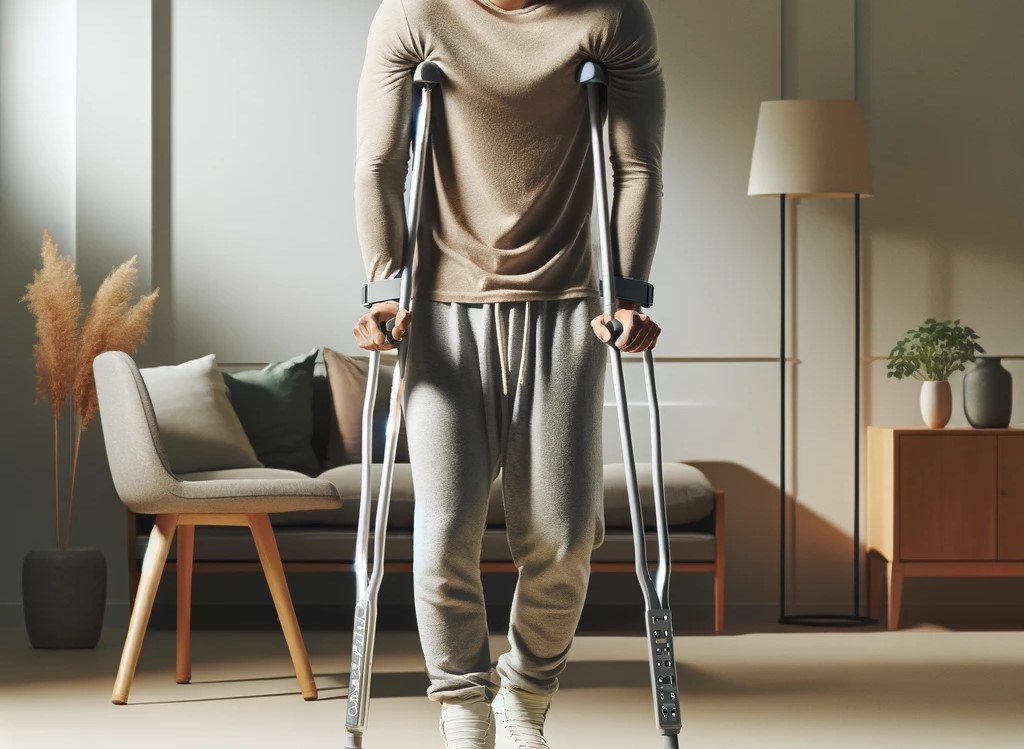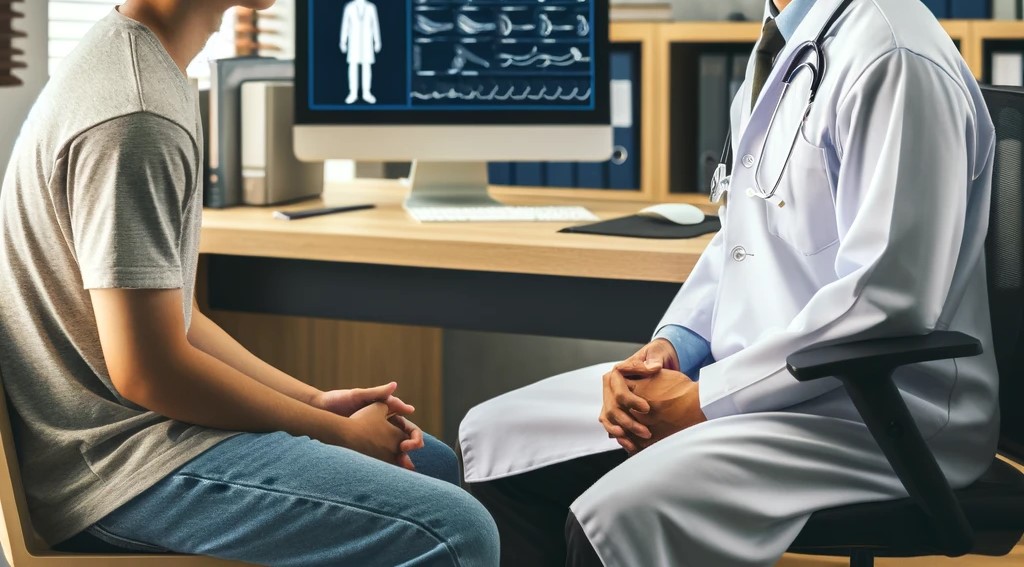Introduction to Labral Tears and Hip Arthroscopy
Labral tears in the hip cause pain and discomfort across various demographics, from athletes to the sedentary. The labrum, a cushioning cartilage ring around the hip joint, stabilizes and supports the joint. When torn, it can result in pain, reduced mobility, and hip instability. Hip arthroscopy, a minimally invasive surgery, diagnoses and treats joint issues like labral tears through small incisions and a camera, offering advantages over traditional surgery such as shorter recovery and fewer complications.
Understanding Labral Tears: Causes and Symptoms
Causes of Labral Tears
- Trauma: Sudden, forceful movements or impacts, such as those occurring in car accidents or during contact sports, can cause labral tears.
- Femoroacetabular Impingement (FAI): This condition, where extra bone grows along one or both of the bones that form the hip joint, leads to abnormal contact between the hip bones and can damage the labrum.
- Repetitive Motion: Athletes and individuals engaging in activities that involve repetitive hip movements, such as running or golf, may develop labral tears over time due to wear and tear.
- Hip Dysplasia: A condition where the hip socket doesn’t fully cover the ball portion of the upper thigh bone, leading to increased stress on the labrum and potentially causing tears.
- Degenerative Changes: Age-related wear and tear on the hip joint can lead to labral tears in older adults.
Symptoms of Labral Tears
- Pain: Often felt in the front of the hip or groin area, pain from a labral tear can also radiate to the buttocks or down the leg.
- Stiffness: The hip joint may feel stiff, making it difficult to move the leg in certain directions.
- Clicking or Catching: Many individuals experience a clicking or catching sensation in the hip joint when moving, especially during activities that involve rotating the hip.
- Limited Range of Motion: The pain and discomfort caused by a labral tear can lead to a reduced range of motion in the hip joint.
Hip Arthroscopy Procedure
Step 1: Pre-operative Evaluation
Patients undergo a physical examination and imaging tests (MRI, X-rays) to assess the hip’s condition and plan the surgery.
Step 2: Anaesthesia
General anaesthesia is administered, ensuring the patient is asleep and pain-free during the procedure.
Step 3: Making the Incisions
Small incisions (about 1-2 centimetres long) are made around the hip to serve as portals for the arthroscope and surgical instruments.
Step 4: Inserting the Arthroscope
The arthroscope, a thin tube with a camera and light, is inserted through one of the incisions, allowing the surgeon to view the hip joint on a video monitor.
Step 5: Diagnosing
The surgeon examines the interior of the hip joint, identifying the extent and location of the labral tear.
Step 6: Repairing the Labrum
Specialized instruments are used to repair the tear, either by trimming, removing, or reattaching the torn portion of the labrum using sutures or anchors.
Step 7: Closing the Incisions
The surgical instruments are removed, and the incisions are closed with stitches or small bandages.
Step 8: Post-operative Care
The patient is moved to a recovery area and given post-operative care instructions, including pain management and protecting the hip during recovery.
Recovery Process After Hip Arthroscopy
Recovery from hip arthroscopy for labral tears begins with managing pain and preventing infection, followed by gradual mobility and physical therapy to regain strength and flexibility. Within the first two weeks, using crutches or a walker is common, with a shift towards more intensive exercises and reduced reliance on aids by 6-12 weeks. By 3-6 months, patients often resume daily activities and low-impact sports, progressing to full activity after six months with their surgeon’s approval.
Rehabilitation and Physical Therapy
The rehabilitation program typically begins within a few days after surgery, starting with gentle range-of-motion exercises to reduce stiffness and improve circulation. As the recovery progresses, the physical therapy regimen becomes more intensive, incorporating strengthening exercises targeting the muscles around the hip to provide stability and support to the joint.
Physical therapists work closely with patients to tailor the rehabilitation program to their specific needs, taking into account the severity of the labral tear, the patient’s overall health, and their personal recovery goals.
Long-Term Outcomes and Expectations
The long-term outcomes are generally favourable, with the majority experiencing notable improvements in pain levels, increased mobility, and an enhanced quality of life. Success largely hinges on the severity of the tear, the effectiveness of the surgical repair, and the patient’s dedication to rehabilitation. Most patients can anticipate a significant reduction in hip pain, enabling a return to daily activities and, with appropriate adjustments, even high-impact sports.




